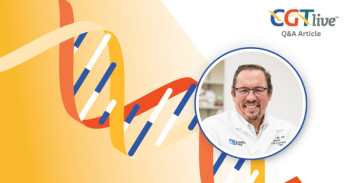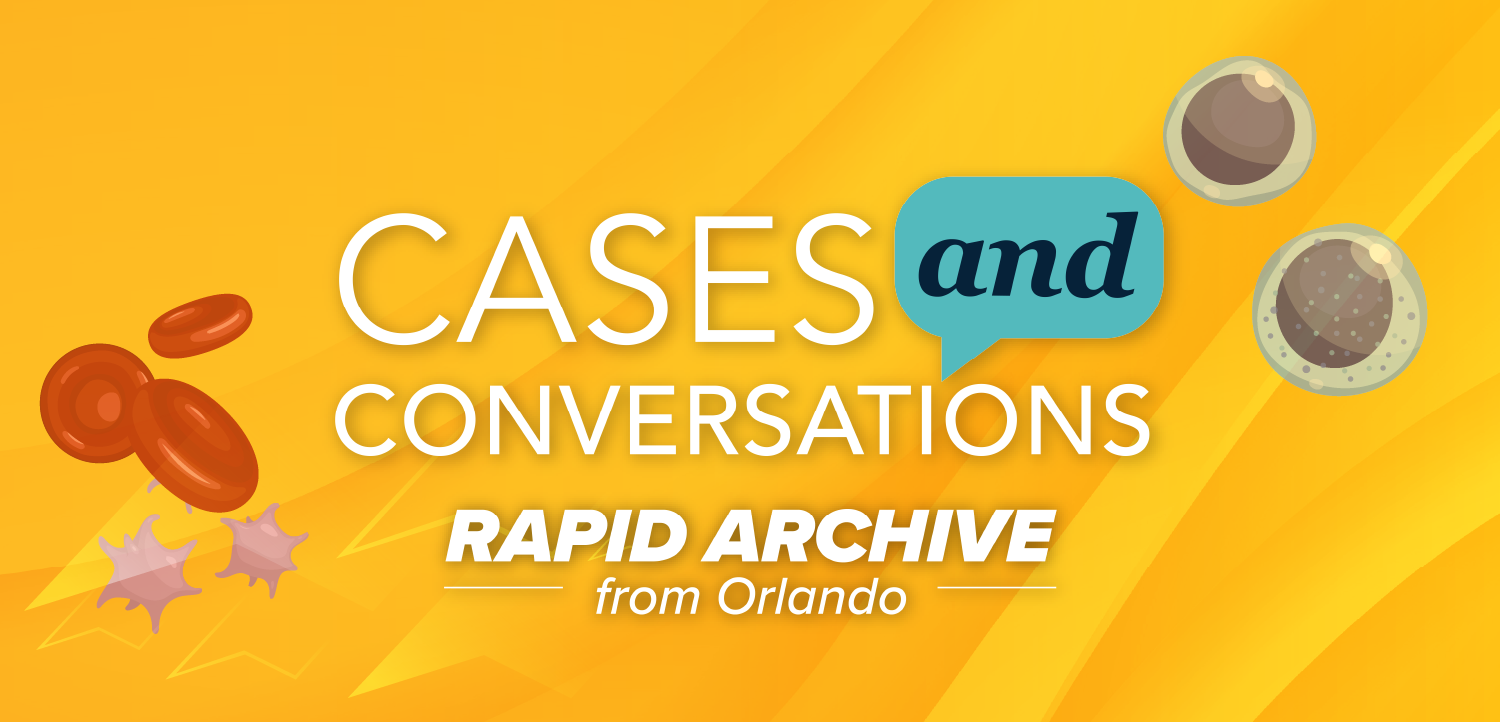
ICER Reports Sickle Cell Gene Therapy Cost Effective at $1.9 Million
The draft report was released shortly after the BLA submission of exa-cel was completed and shortly before submission of lovo-cel.
The Institute for Clinical and Economic Review (ICER) has drafted a report that has determined that gene therapy for sickle cell disease (SCD) is cost-effective up to $1.93 million.1 The report focused on 2 gene therapies currently being reviewed by the FDA, Vertex and CRISPR’s exagamglogene autotemcel (exa-cel) and bluebird bio’s
“Sickle cell disease can affect nearly every organ system in the body, and severe sickle cell disease affects nearly every aspect of a person’s life,” David Rind, MD, chief medical officer, ICER, said in a statement.2 “From the earliest days of gene therapy, patients, families, and clinicians have imagined that someday it might be possible to address the underlying genetics of sickle cell to achieve a cure. These first 2 genetic therapies, using different technologies and altering different genetic targets may mean that day has nearly arrived.”
In drafting the report, ICER took into account collaborative input from patients, clinicians, and caregivers about quality of life, safety, access, and outcomes with standard-of-care (SOC) and gene therapy for SCD, as well as from health economists, payers, and manufacturers to compare cost-effectiveness. SOC consists of supportive care, hydroxyurea, and blood transfusions in some patients.
The report reviewed efficacy, safety, and patient-important outcomes in participants treated with lovo-cel in the HGB-205 (NCT02151526) or HGB-206 (NCT02140554) studies or exa-cel in the CLIMB-121 study (NCT03745287). The most recent data updates from CLIMB-121 demonstrated all patients were free of vaso-occlusive events (VOE; follow-up range, 2.0-32.3 months post infusion) and the mean proportion of fetal hemoglobin (HbF) was greater than 20% by month 3, with mean total hemoglobin (Hb) levels exceeding 11 g/dL on and after the Month 3 time point.3 There were no patients who had serious adverse events (AEs) considered related to exa-cel, and there were no deaths, discontinuations, or malignancies reported. Vertex and CRISPR Therapeutics
READ MORE:
The most recent data reported from the HGB-206 study showed that 96% of patients treated in Group C experienced
ICER cited uncertainty of long-term efficacy and safety with the gene therapies, considering the deaths and AEs that occurred during the trials, and especially with exa-cel, whose trial had a shorter median follow-up than lovo-cel's. The real-world experience of patients who did not fit eligibility criteria for trials is also unknown.1
In weighing the benefit-risk profile, ICER rated lovo-cel with a B+, stating that it provides at least an incremental net benefit compared with SOC and may provide a substantial net health benefit. ICER rated exa-cel with a C++, lower than lovo-cel given the smaller sample size and uncertainty with the newer CRISPR editing technique compared to lentiviral gene therapy, stating that compared with SOC, treatment with exa-cel may be comparable, result in incremental net benefit, or result in substantial net benefit. ICER also noted that there is insufficient evidence to compare the 2 gene therapies to each other.
To calculate cost-effectiveness, the therapies were compared against cost of SOC, treating complications from SCD, effects on income and life expectancy, caregiver costs, and other factors over a lifetime. Looking solely at benefits within the healthcare system, ICER determined gene therapy to be cost-effective between $1.58 million to $1.72 million, with the range increasing to $1.79 million to $1.93 million when considering broader benefits to society.
“Although uncertainties about durability and harm remain, both lovo-cel and exa-cel are likely to substantially improve quality and length of life. Ultimately, cost effectiveness will depend on the actual prices for these therapies,” the report concluded.1
REFERENCES
1. Gene therapies for sickle cell disease. Draft Evidence Report. ICER. April 12, 2023. Accessed May 4, 2023. https://icer.org/wp-content/uploads/2023/04/SCD_FOR-PUBLICATION.pdf
2. ICER Releases Draft Evidence Report on Gene Therapies for Sickle Cell Disease. News release. ICER. April 12, 2023. https://icer.org/news-insights/press-releases/icer-releases-draft-evidence-report-on-gene-therapies-for-sickle-cell-disease/
3. Frangoul H, Locatelli F, Bhatia M, et al. Efficacy and Safety of a Single Dose of Exagamglogene Autotemcel for Severe Sickle Cell Disease. Presented at: 64th ASH Annual Meeting, December 10-13, 2022. Oral Abstract #12. https://ash.confex.com/ash/2022/webprogram/Paper162353.html
4. Vertex and CRISPR Therapeutics Complete Submission of Rolling Biologics License Applications (BLAs) to the US FDA for exa-cel for the Treatment of Sickle Cell Disease and Transfusion-Dependent Beta Thalassemia. News release. Vertex Pharmaceuticals Inc; CRISPR Therapeutics. April 3, 2023. Accessed April 3, 2023. https://www.businesswire.com/news/home/20230402005036/en/
5. Walters MC, Thompson AA, Kwiatkowski JL, et al. Lovo-cel (bb1111) Gene Therapy for Sickle Cell Disease: Updated Clinical Results and Investigations into Two Cases of Anemia from Group C of the Phase 1/2 HGB-206 Study. Presented at: ASH 2022 Annual Meeting. December 10-12, 2022; New Orleans, LA. Abstract 11.
6. bluebird bio Submits Biologics License Application (BLA) to FDA for lovotibeglogeneautotemcel (lovo-cel) for Patients with Sickle Cell Disease (SCD) 12 years and Older with a History of Vaso-Occlusive Events. News release. bluebird bio, Inc. April 24, 2023. Accessed April 24, 2023. https://investor.bluebirdbio.com/news-releases/news-release-details/bluebird-bio-submits-biologics-license-application-bla-fda-0
Newsletter
Stay at the forefront of cutting-edge science with CGT—your direct line to expert insights, breakthrough data, and real-time coverage of the latest advancements in cell and gene therapy.





































